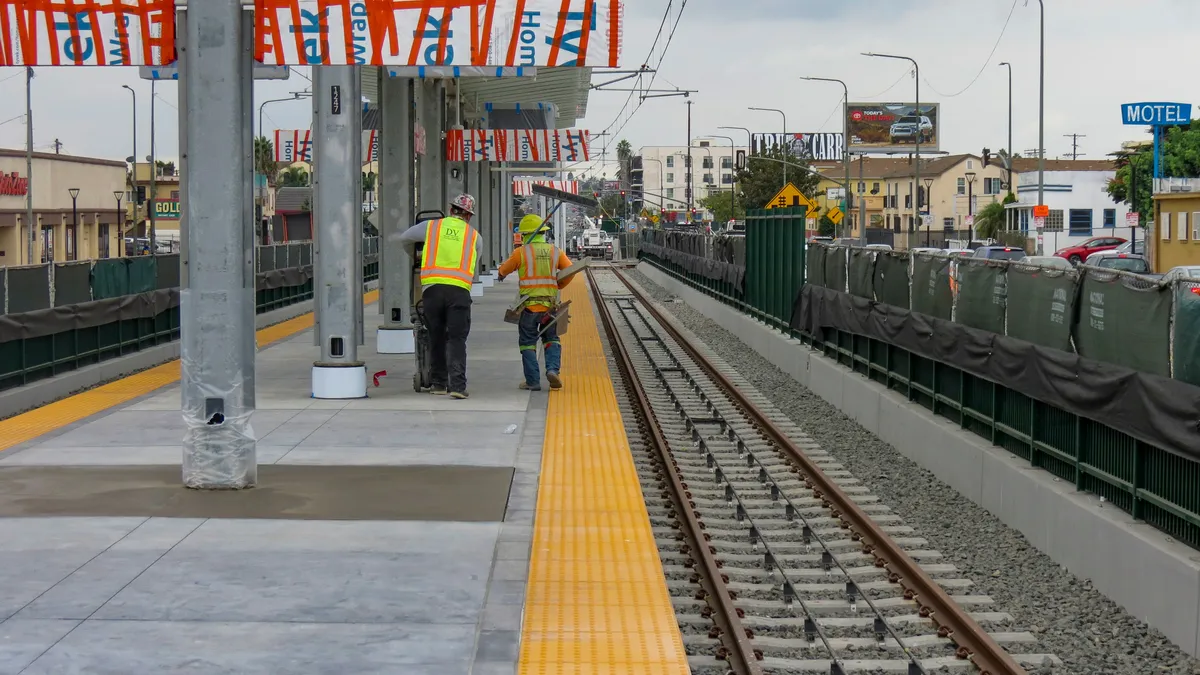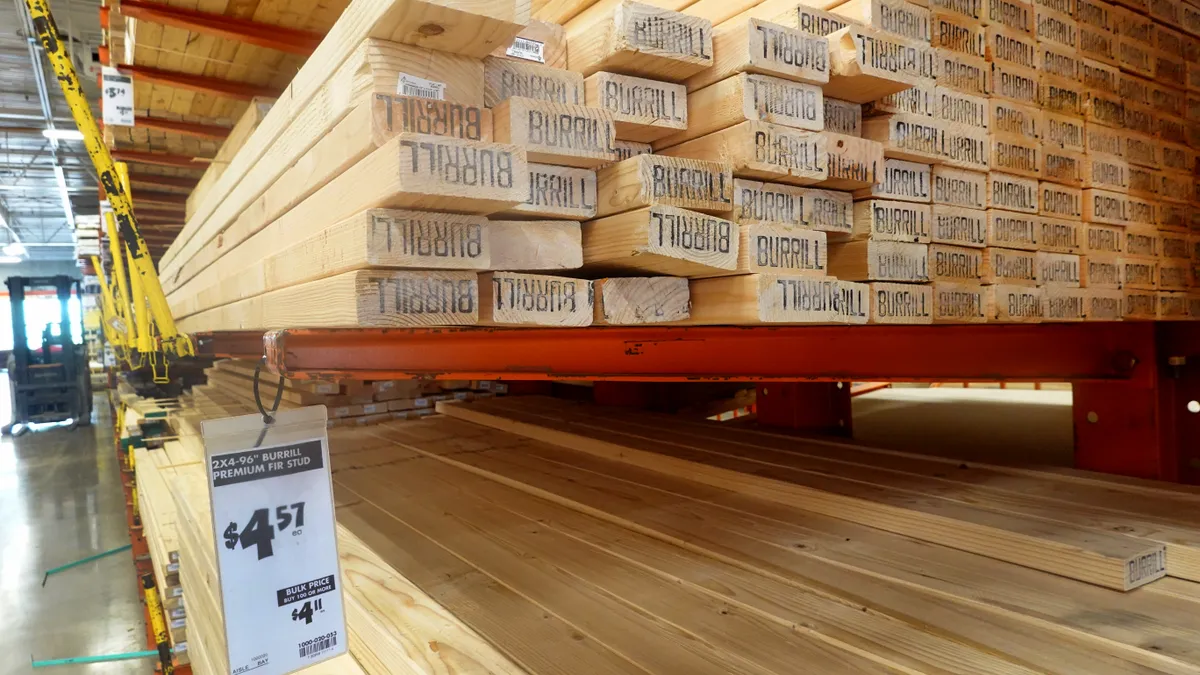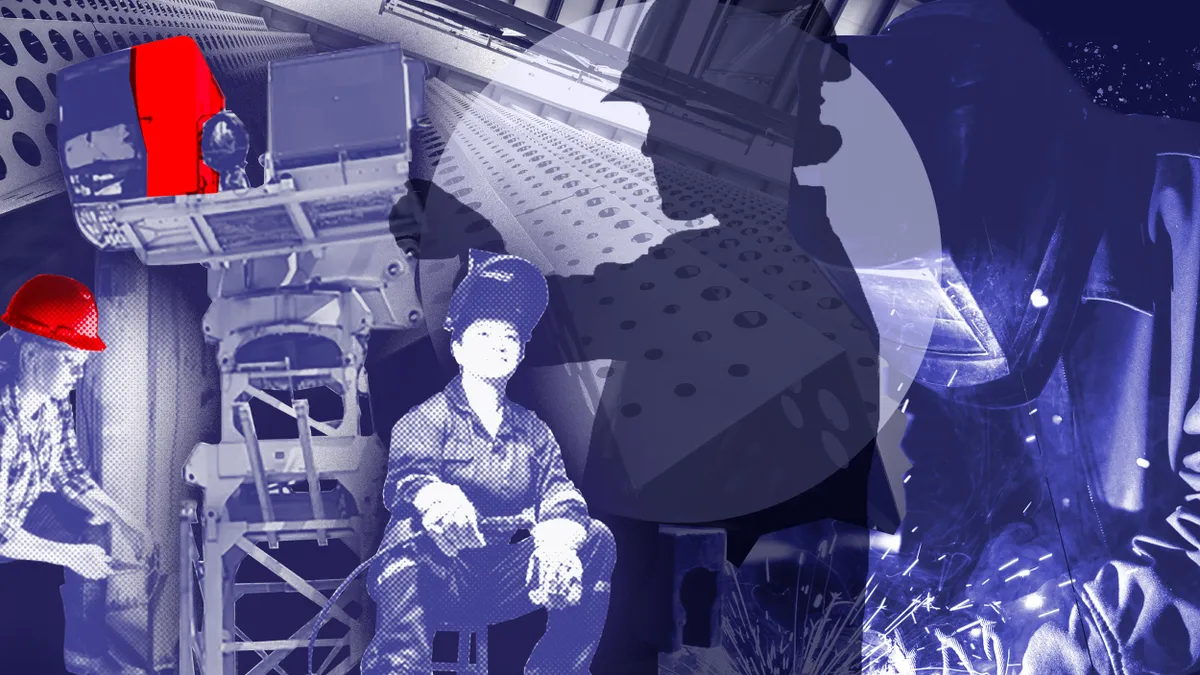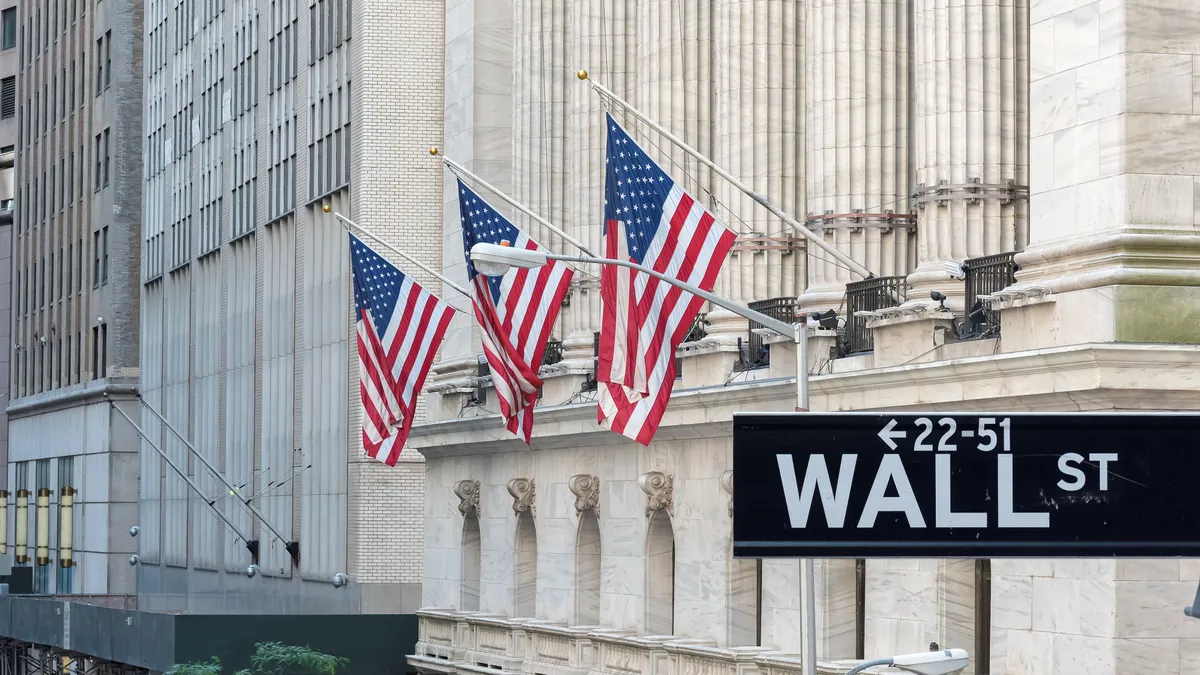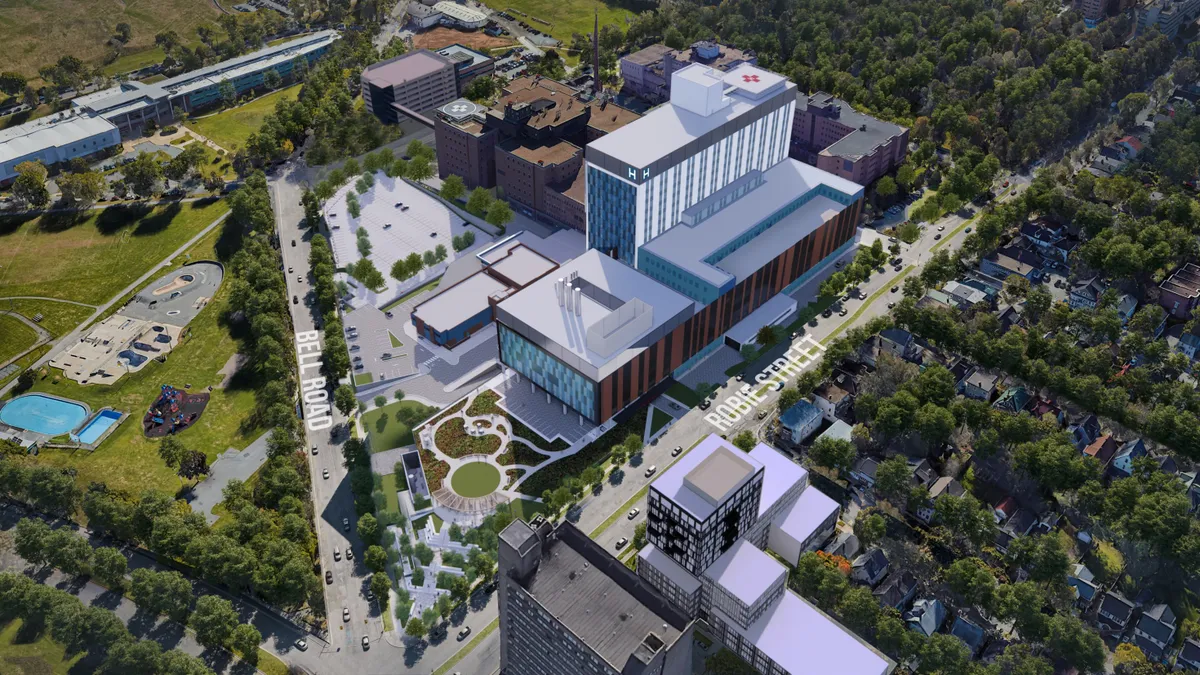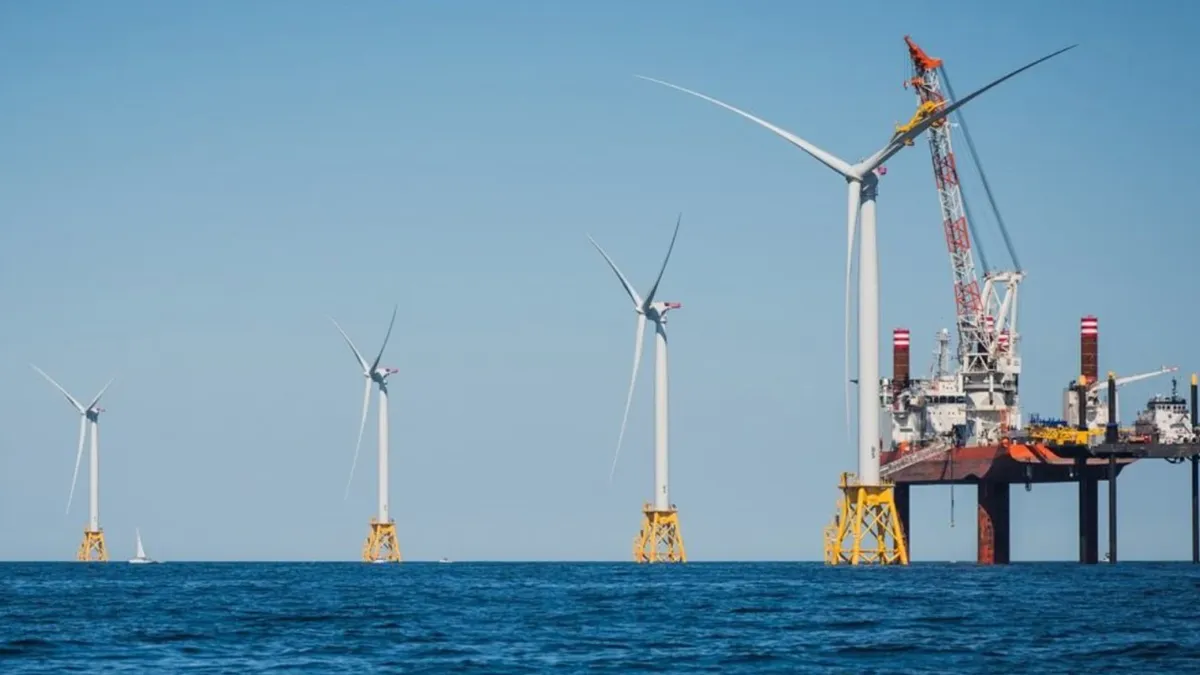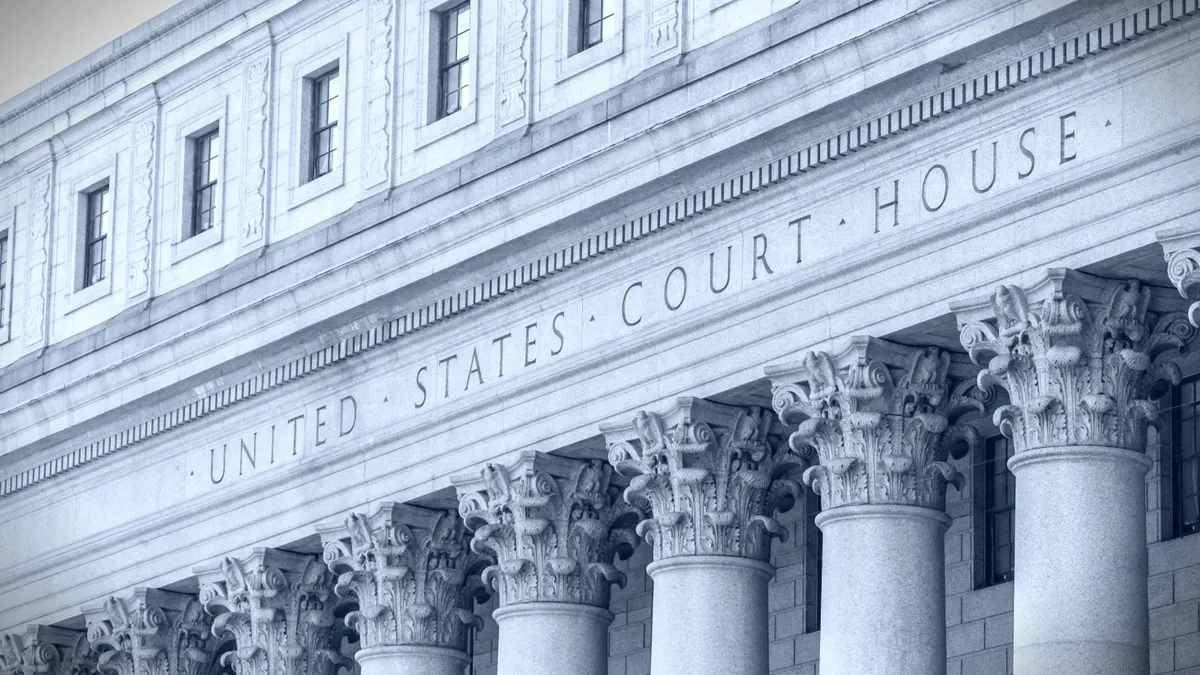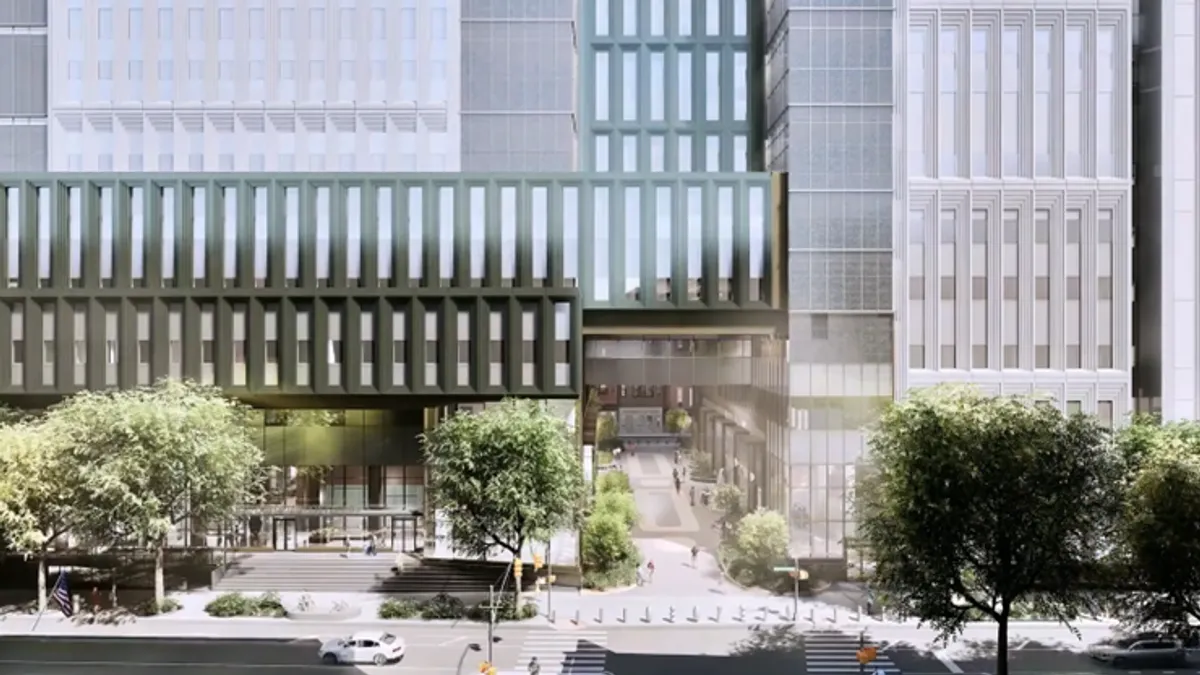UPDATE: Jan. 3, 2023: New York City’s Grand Central Madison terminal did not open by the end of December as planned. The debut is now slated for January, according to an update from the president of Metropolitan Transportation Authority’s construction and development reported by NBC New York.
Dec. 22: It can often take years, if not decades, to bring a major transit project to fruition in U.S. cities. New York’s East Side Access project uses two rail tunnels built in 1972 under the East River intended for the Long Island Rail Road, but the city ran out of money, and the tubes remained empty until the project was revived three decades later.
Money is always an object in building urban rail lines. In a multi-year study of global transit construction costs by the Marron Institute of Urban Management at New York University, researchers found that “the United States is the sixth most expensive country in the world to build rapid-rail transit infrastructure.”
Eric Goldwyn, program director at the Marron Institute, said that the East Side Access project was likely one of the most expensive projects in the world on a per-mile basis. But he added, “We can't get away from the fact that there are costs and benefits to these projects.”
The benefits of “the centralizing force of rail,” he said, include more efficient land use, better quality of life for urban residents and greater climate friendliness. “For transit networks to be effective and to attract people out of cars, they need to be robust and extensive.”
These five major rail transit projects, years in the making, were completed in the last months of 2022 but will serve their cities for decades to come.
1. Greater Boston: Green Line Extension
Massachusetts Bay Transportation Authority
With the opening of the Medford Branch on Dec. 12, 2022, the MBTA’s $2.3 billion Green Line extension project was completed. The project added approximately 4.7 miles to the light rail line, with five new stations north of the previous terminus at Lechmere and one additional station on a side branch. The Lechmere station was rebuilt, and the project also included a new vehicle storage and maintenance facility. Construction took five years from the awarding of the contract. Trains will operate every five to six minutes during peak hours.
2. Los Angeles: Crenshaw/LAX Line
Los Angeles County Metropolitan Transportation Authority
Known as the K Line, LA Metro’s latest light rail line is part of a plan to make the Los Angeles International Airport widely accessible by public rail transportation. The 8.5-mile line that opened on Oct. 7 will connect the east/west E Line, which runs from Santa Monica to downtown Los Angeles, with the C Line, which runs between Redondo Beach and Norwalk in the median of the 105 freeway. A future automated people mover, expected to open in 2023, will carry passengers along a 2.25-mile elevated guideway from a K Line station directly to the airport’s central terminal area. The cost for the people mover, a Los Angeles World Airports project, is estimated at $2 billion and the K Line is pegged at $2.1 billion.
3. New York City: East Side Access
New York Metropolitan Transportation Authority
The long-awaited $11 billion project to bring Long Island Rail Road trains to Grand Central Terminal on Manhattan’s East Side was promised for completion by the end of this year. That goal will be met, but only with trains shuttling between the new Grand Central Madison terminal and Jamaica station in Queens. Full service will begin “when facility systems testing is complete,” according to an MTA press release. About 45% of LIRR trains to Manhattan will serve Grand Central Madison, relieving train congestion at Penn Station on Manhattan’s West Side.
4. San Francisco: Central Subway
San Francisco Municipal Transportation Agency
San Francisco’s 1.7-mile Central Subway opened on Nov. 19, 12 years after construction began. The project extended SFMTA’s Metro T Third Line, connecting with Bay Area Rapid Transit trains and the Caltrain station at 4th and King Streets. The decision to build the $1.6 billion Central Subway “was influenced by considerations of environmental justice and socioeconomic factors,” according to the SFMTA.
5. Washington, D.C.: Silver Line Extension
Washington Metropolitan Area Transit Authority
With much fanfare, including an appearance by Transportation Secretary Pete Buttigieg, the Washington Metropolitan Area Transit Authority opened the Silver Line Extension on Nov. 15. Construction began in 2013 on the 11.4-mile line, which adds six stations, including one at Washington Dulles International Airport. According to WMATA’s trip planner, a ride from the airport to the Metro Center station in downtown Washington would take 53 minutes. Opening of the $3 billion project was delayed this year by a shortage of railcars, many of which had been taken out of service for a safety defect.



